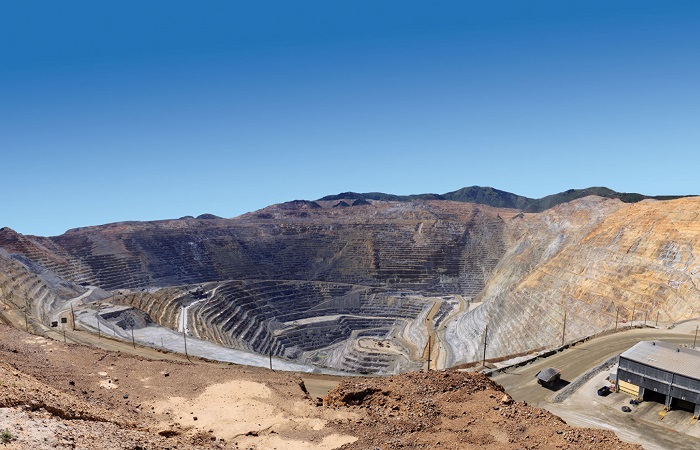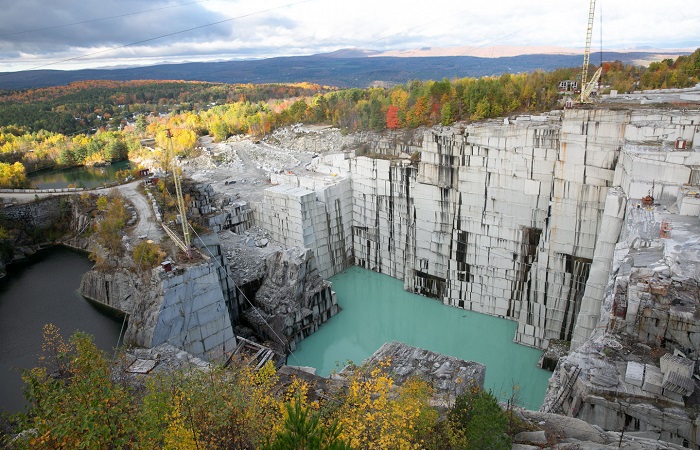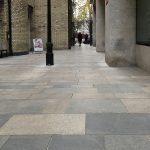Economic Opportunities and Wealth Generated by Mining

Economic Opportunities and Wealth Generated by Mining: Mining First and Foremost Source of Mineral Commodities
Economic opportunities and wealth generated by mining is to be introduced. Mining is first and foremost a source of mineral commodities that all countries find essential. It is essential for maintaining and improving their standards of living. Mined materials are needed to construct roads and hospitals, to build automobiles and houses. They are needed to make computers and satellites, to generate electricity, and to provide the many other goods and services that consumers enjoy.
Mining Economical Importance
In addition, mining is economically important to producing regions and countries. It provides employment, dividends, and taxes that pay for hospitals, schools, and public facilities. The mining industry produces a trained workforce and small businesses that can service communities and may initiate related businesses. It also yields foreign exchange and accounts for a significant portion of gross domestic product.
Economic Opportunities Related to Mining
Mining fosters a number of associated activities, such as manufacturing of mining equipment, provision of engineering and environmental services, and the development of world-class universities in the fields of geology, mining engineering, and metallurgy. The economic opportunities and wealth generated by mining for many producing countries are substantial.
Mining Definition
Mining is the extraction of valuable minerals or other geological materials from the earth, usually from an ore body, lode, vein, seam, reef or placer deposit. These deposits form a mineralized commodity that is of economic interest to the miner. Ores recovered by mining include metals, coal, oil shale, gemstones, limestone, chalk, dimension stone, rock salt, potash, gravel, and clay. Mining is required to obtain any material that cannot be grown through agricultural processes, or feasibly created artificially in a laboratory or factory. Mining in a wider sense includes extraction of any non-renewable resource such as petroleum, natural gas, or even water.

Mining Stones
Mining of stones and metal has been a human activity since pre-historic times. Modern mining processes involve prospecting for ore bodies, analysis of the profit potential of a proposed mine, extraction of the desired materials, and final reclamation of the land after the mine is closed. Mining operations usually create a negative environmental impact. These negative effects are created both during the mining activity and after the mine has closed. Hence, most of the world’s nations have passed regulations to decrease the impact. Work safety has long been a concern as well. As a result, modern practices have significantly improved safety in mines.
Mining Techniques
Mining techniques can be divided into two common excavation types: surface mining and sub-surface (underground) mining. Today, surface mining is much more common, and produces. Targets are divided into two general categories of materials: placer deposits and lode deposits. Placer deposits consisting of valuable minerals contained within river gravels, beach sands, and other unconsolidated materials. Lode deposits, where valuable minerals are found in veins, in layers, or in mineral grains generally distributed throughout a mass of actual rock. Both types of ore deposit, placer or lode, are mined by both surface and underground methods.
Some mining, including much of the rare earth elements and uranium mining, is done by less-common methods, such as in-situ leaching: this technique involves digging neither at the surface nor underground. The extraction of target minerals by this technique requires that they be soluble, e.g., potash, potassium chloride, sodium chloride, sodium sulfate, which dissolve in water. Some minerals, such as copper minerals and uranium oxide, require acid or carbonate solutions to dissolve.
Surface Mining
Surface mining is done by removing or stripping surface vegetation, dirt, and, if necessary, layers of bedrock in order to reach buried ore deposits. Techniques of surface mining include: open-pit mining, which is the recovery of materials from an open pit in the ground, quarrying, identical to open-pit mining except that it refers to sand, stone and clay; strip mining, which consists of stripping surface layers off to reveal ore/seams underneath; and mountaintop removal, commonly associated with coal mining, which involves taking the top of a mountain off to reach ore deposits at depth. Most (but not all) placer deposits, because of their shallowly buried nature, are mined by surface methods. Finally, landfill mining involves sites where landfills are excavated and processed. Landfill mining has been thought of as a solution to dealing with long-term methane emissions and local pollution.
Underground Mining
Sub-surface mining consists of digging tunnels or shafts into the earth to reach buried ore deposits. Ore, for processing, and waste rock, for disposal, are brought to the surface through the tunnels and shafts. Sub-surface mining can be classified by the type of access shafts used, and the extraction method or the technique used to reach the mineral deposit. Drift mining utilizes horizontal access tunnels, slope mining uses diagonally sloping access shafts, and shaft mining utilizes vertical access shafts. Mining in hard and soft rock formations require different techniques.
Other methods include shrinkage stope mining, which is mining upward, creating a sloping underground room, long wall mining, which is grinding a long ore surface underground, and room and pillar mining, which is removing ore from rooms while leaving pillars in place to support the roof of the room. Room and pillar mining often leads to retreat mining, in which supporting pillars are removed as miners retreat, allowing the room to cave in, thereby loosening more ore. Additional sub-surface mining methods include hard rock mining, which is mining of hard rock (igneous, metamorphic or sedimentary) materials, bore hole mining, drift and fill mining, long hole slope mining, sub level caving, and block caving.
To learn more about us, click here.
Send your price quotes directly to our WhatsApp through this Link: https://wa.link/ord5k8
Sources
en.wikipedia.org/wiki/Mining#Industry
www.nap.edu/read/10318/chapter/4
www.ilo.org/global/industries-and-sectors/mining/lang–en/index.htm
- Back To Articles
- finishes, gray marble, grey marble, lode deposits, marble, marble quarry, mining, Mining Definition, mining economic effects, Mining Economic Opportunities, mining importance, mining industry, Mining Stones, Mining Techniques, natural stone extraction, natural stone processing, petro grey marble, Pietra Grey Marble, placer deposits, processing, quarry, sub surface mining, Surface Mining, Underground Mining
Article
Natural Stone Applications
- 22 December 2022
Iranian Stones Introduction According to Source and Quarry
- 21 December 2022
Technical Stone Introduction and Quarrying Procedures
- 21 December 2022
Categories
- blog757
- news1
- Specialized articles756













